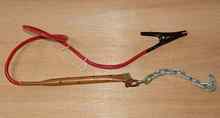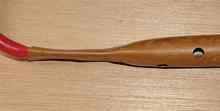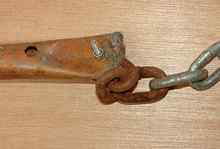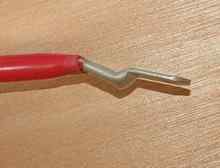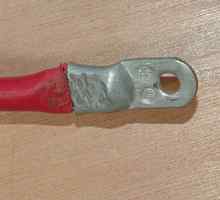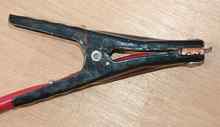
 Custom Search
|
|
| sails |
| plans |
| epoxy |
| rope/line |
| hardware |
| canoe/Kayak |
| sailmaking |
| materials |
| models |
| media |
| tools |
| gear |
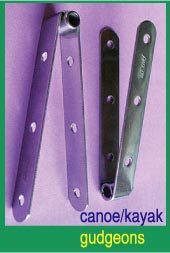 |
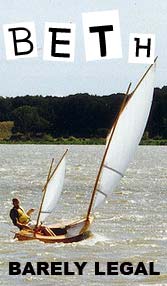 |
| join |
| home |
| indexes |
| classifieds |
| calendar |
| archives |
| about |
| links |
| Join Duckworks Get free newsletter Comment on articles CLICK HERE |
|
|
| Valora's Log |
by David Nichols - Austin, Texas - USA The Trip Home |
 |
| The original plan was to sail straight across the Gulf. We'd steer almost due West and 751 nautical miles later we'd arrive at the bell buoy at Aransas Pass, the entrance to Corpus Christi Bay on the gulf coast of Texas. The Pilot Charts showed it to be a reach or run the whole way; just easy as pie. It would have been too but things didn't work out exactly as planned. It was going to be easy as pie within a specific weather window and the insurance company with the best price had a limit of 75 miles offshore. I watched the weather window close slowly and I saved several hundred dollars by never exceeding 75 miles offshore.
The main factor in the decision was the weather. It took so long to close on the boat and get all the preparations done for the trip home that instead of leaving Clearwater at the end of May we were leaving at the end of June. By then window had closed and there was an almost constant stream of thunder storms moving across the Gulf. This made the ICW (the intra-coastal waterway) the best choice, not the fastest but the better of the two choices. This changed the way we prepared for the trip home slightly. There were a couple of expensive items that I didn't buy because on the ICW we wouldn't need them. THE PREPARATIONThe boat was about as turnkey as they come. The equipment list was very long and included spare parts, a four man life raft, and an EPIRB to mention a few. But one man's turnkey is another man's incomplete and I added some items. Dealing with LightingTom had strongly suggested some kind of lighting grounding system. Notice the way that is written; lighting grounding system and not lighting strike prevention system. Here's what he said, "Nothing will keep you from getting hit but when you are in the middle of a nasty thunder storm at least you know you did all you could." Everyone pretty much agrees that lighting prevention is a myth. Nothing is going to keep you from getting hit, you just want a system that directs the strike into the water and minimizes the damage to the boat. There are some expensive systems on the market but a very good one can be made by the boat owner. I decided to make my system. There is so much written about this subject it's almost overwhelming (some of it is conflicting) but I did my research and came up with my system. Is it the ultimate answer to lighting grounding? Nope. Is it the best? I'm not sure and I hope it is never, never put to the test. I wanted a system that I could deploy when needed rather than always in place and it directs the path outside the hull rather than through the hull. Through the hull seemed to invite a major hole being blown in the boat and I have seen pictures of large holes where the strike exited through the grounding plate attached to the hull. I used heavy #1 AWG battery cable, an 18 inch long by 1 inch diameter copper pipe, a small section of chain (to keep the pipe submerged), and clips to attach the cable and pipe to the mast and shrouds.
I drilled a series of holes in the copper pipe because most of the information seems to indicate that it is edges that release the strike rather than just surface area.
I attached the pipe to the cable with a squeeze fit by putting the cable and pipe into a large vice and crushing the pipe on the cable. This seemed better than brazing or soldering because the heat from a strike, which is considerable, could melt the solder or the braze. This would allow the pipe to slip off and sink.
The same was done with the chain but I added a through bolt.
On the longer unit that attached to the mast I used a stud that was fixed to the base of the mast and the unit was bolted to the threaded stud.
The marks from the vice can be seen on the end piece.
A standard alligator clip for jumper cables was used to attach the shorter unit to the shrouds. I made four units, one on each side of the mast and one each for the port and starboard shrouds. The cable is long enough to allow the pipe to be about 2 feet under water. I plan to add one for the forestay and one for the backstay for complete coverage.
All the units store in a special canvas bag that is kept in the starboard locker. I made sure that the bag is in easy reach and can be grabbed at a moments notice. I deployed the system twice on the trip home and thankfully the system wasn't put to the test either time. As I sat watching the thunder storm bear down on us I remembered Tom's words of advice, "In the middle of a nasty thunder storm at least you know you did all you could." I still have one small issue to deal with and that's the cable for the VHF radio which travels down the inside of the keel stepped mast. It does have a quick disconnect to isolate the radio but that still leaves an ungrounded cable inside the cabin and that problem needs to be solved. David's plans are in the Duckworks Store Click Here for a List of Articles and Columns by David Nichols |

